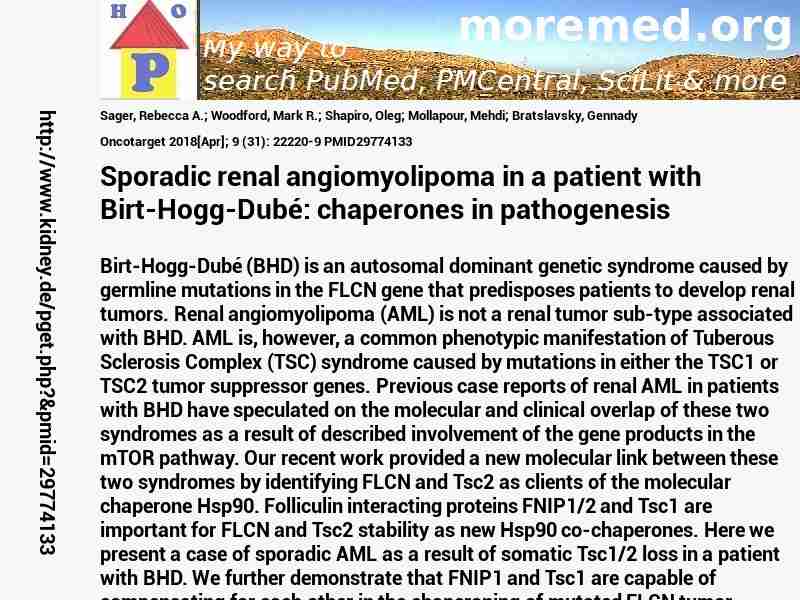10.18632/oncotarget.25164
http://scihub22266oqcxt.onion/10.18632/oncotarget.25164

C5955167!5955167!29774133
 free free
 free free
 free free
|  
Deprecated: Implicit conversion from float 219.6 to int loses precision in C:\Inetpub\vhosts\kidney.de\httpdocs\pget.php on line 534
Deprecated: Implicit conversion from float 219.6 to int loses precision in C:\Inetpub\vhosts\kidney.de\httpdocs\pget.php on line 534
Deprecated: Implicit conversion from float 219.6 to int loses precision in C:\Inetpub\vhosts\kidney.de\httpdocs\pget.php on line 534
Deprecated: Implicit conversion from float 219.6 to int loses precision in C:\Inetpub\vhosts\kidney.de\httpdocs\pget.php on line 534
 Oncotarget 2018 ; 9 (31): 22220-9 Oncotarget 2018 ; 9 (31): 22220-9
Nephropedia Template TP
gab.com Text
Twit Text FOAVip
Twit Text #
English Wikipedia
|

 free
free free
free free
free